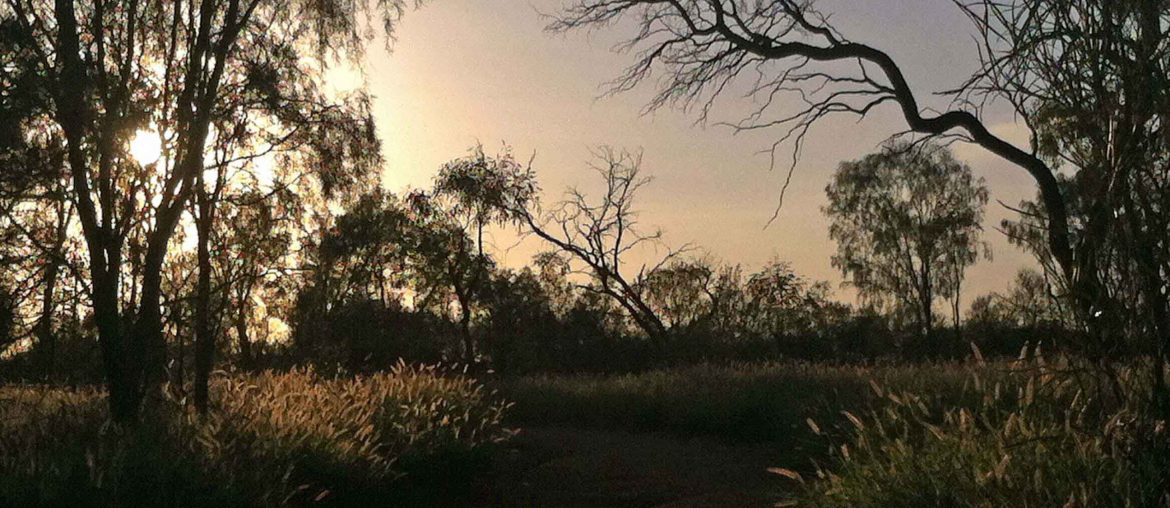You don’t exactly move to the outback of Australia to be the most Jewish you can be. It’s a place where people know more about the history of Aboriginal ringers on cattle stations than about how your matzo ball soup should taste.
Surprisingly, I’ve found parallels to Jewish culture all around me in the red centre.
Indigenous storytellers grasp the past with both hands, through art, writing, archiving, video, song and dance. Wrinkled grandparents herd children through town in the same way that I remember.
I’ve also found evidence of perhaps the only Progressive Bat Mitzvah to be held on sacred land for Arrernte women, the custodians of Alice Springs, complete with Torah flown in from Sydney.
The tikkun olam mentality exists here in unwavering strength: friends share power tools freely, exchange backyard working bee labour for lunch, leave leftovers on the porch because otherwise they’ll go to waste.
Coincidentally, I found my current stand-in Seder plate at the local Salvos for a couple of dollars. The spirit of tikkun olam in this desert community is what makes me hold on to that precious packet of matzah for next year to supplement the extra one that Mum will send me… only to have it unceremoniously munched by a mouse, typical of life in Central Australia.
Anecdotes aside, what have I learned from being just about the only Jewess in the village? That if you really want to be Jewish when the conditions aren’t favourable, it’s going to be hard. Community is everything.
It can be an educational but slightly lonely Seder when you’re one of two singing at a table of eight. On a larger scale, I’ve tried Skyping the whole family regularly for shabbat. For approximately 14 months whenever I tried this, I ended up pretending not to cry while someone shushed a baby during the hamotzi. When cousins start producing the next generation the primal urge for ‘auntie duties’ becomes hard to manage.
I’ve tried recreating home shabbatot with long lost cousins who are less Jewish, but supportive and curious desert dwellers. This involves my cousin’s mum on the other side of the family transliterating prayers so the grownups can recite them together. Living in a place that lacks the usual Jewish paraphernalia involves creative problem-solving like using old birthday candles for prayers.
In terms of Sederim past, I’ve had a couple in Alice Springs. The first was with an assortment of strong, progressive women, held on cushions on the floor, singing ma nishtana until the evening was derailed by children. We sprinkled pomegranates on all the food.
I held my own Seder in 5775 in my little home in town with mostly non-Jewish loved ones, with my Salvos-salvaged Seder plate and using the time and place to meditate on the meaning of Pesach- appreciating the space I have to express my Judaism outside its usual confines, with people rich in curiosity and love for a new cultural experience.
I think of my grandparents, my family and the community teaching me how to mark our transition from enslavement to sweet opportunity. I am thankful for the freedom I have, to choose a place like Alice Springs and maintain the capacity and desire to share a real desert seder.
Chag Sameach.


Comments are closed.